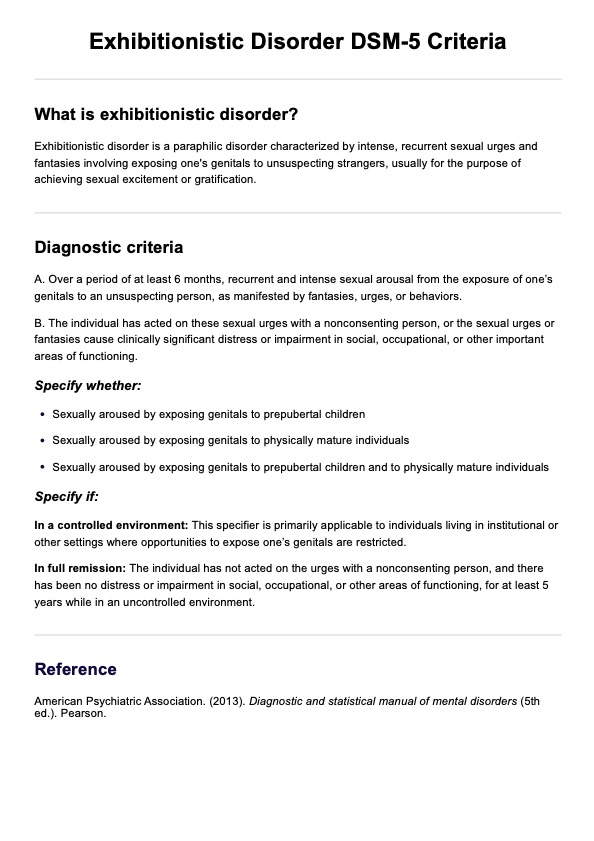Is exhibitionism a mental disorder
Exhibitionism is considered a mental disorder only when it meets the criteria for exhibitionistic disorder as defined in the Diagnostic and Statistical Manual of Mental Disorders (DSM-5). It is essential to determine whether the behaviors meet the diagnostic criteria for exhibitionistic disorder, as not all exhibitionistic acts qualify as a disorder.












